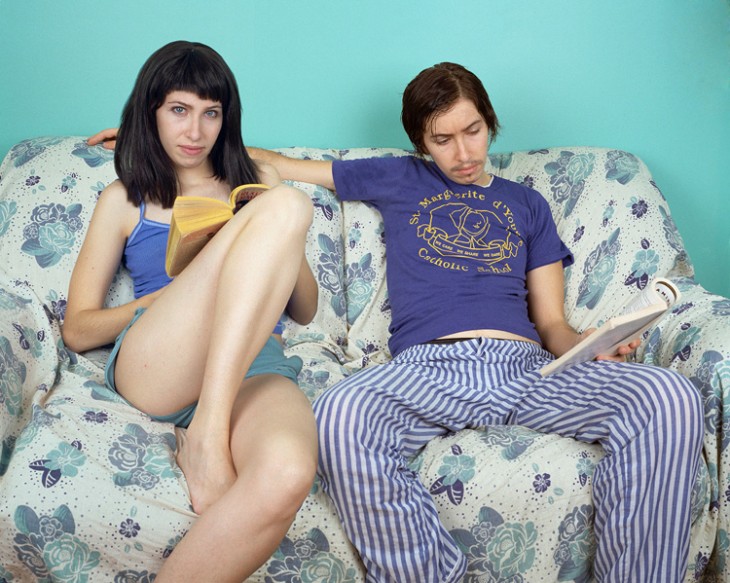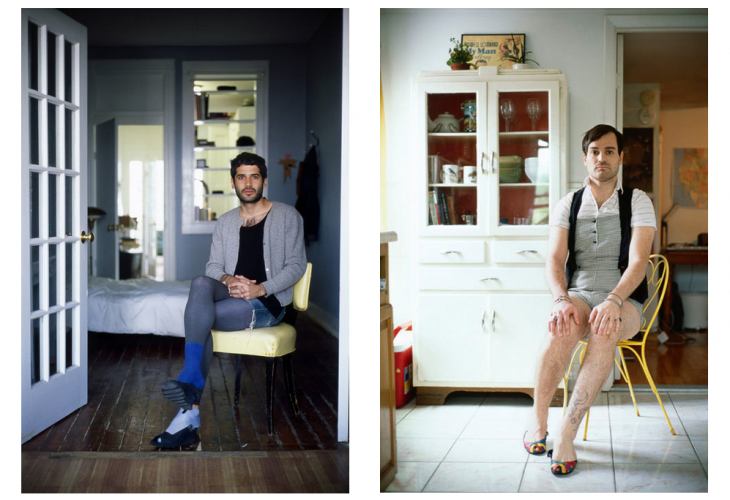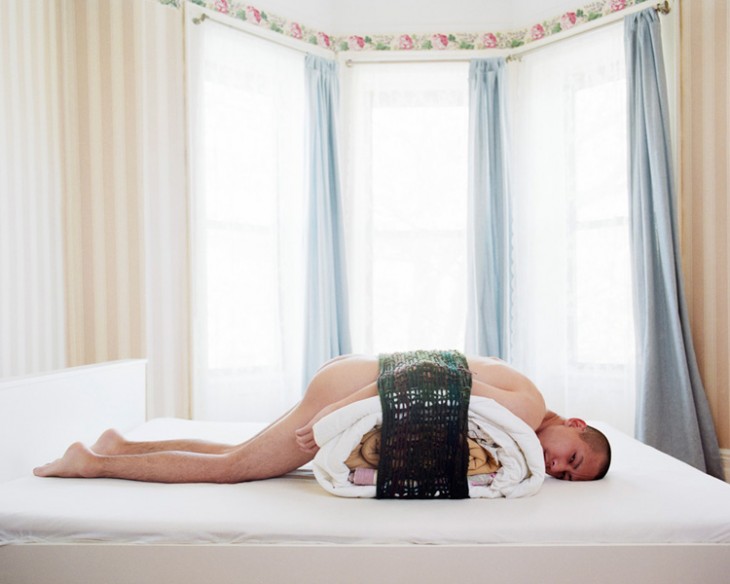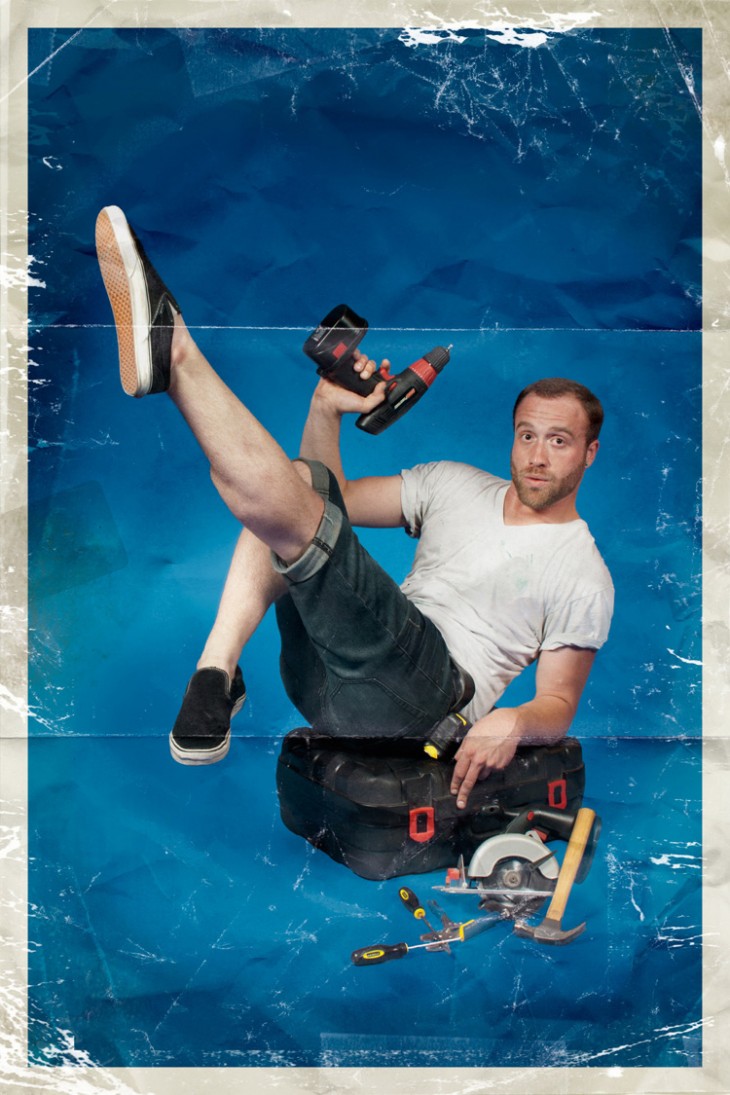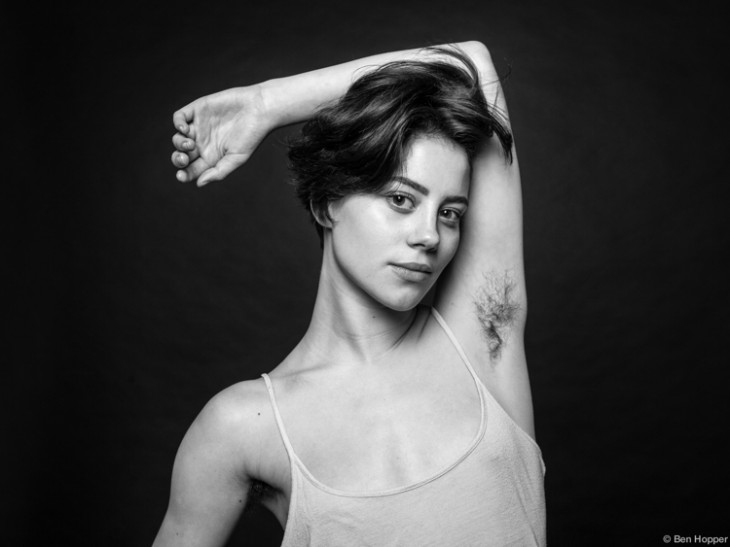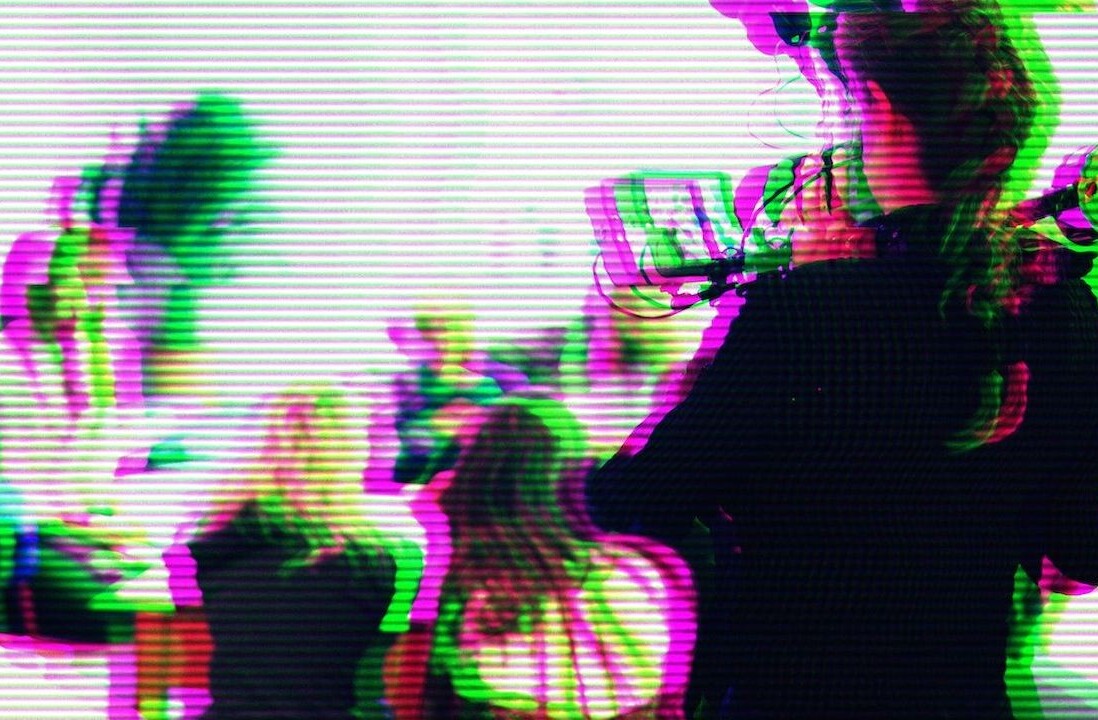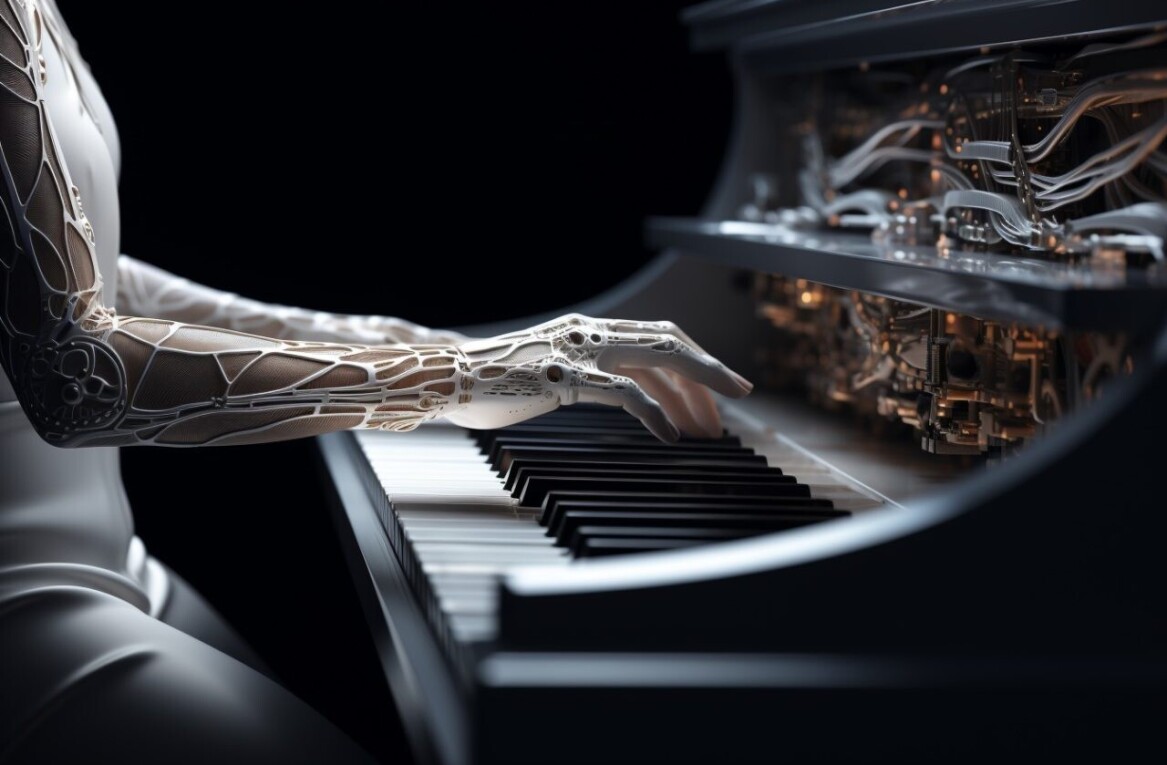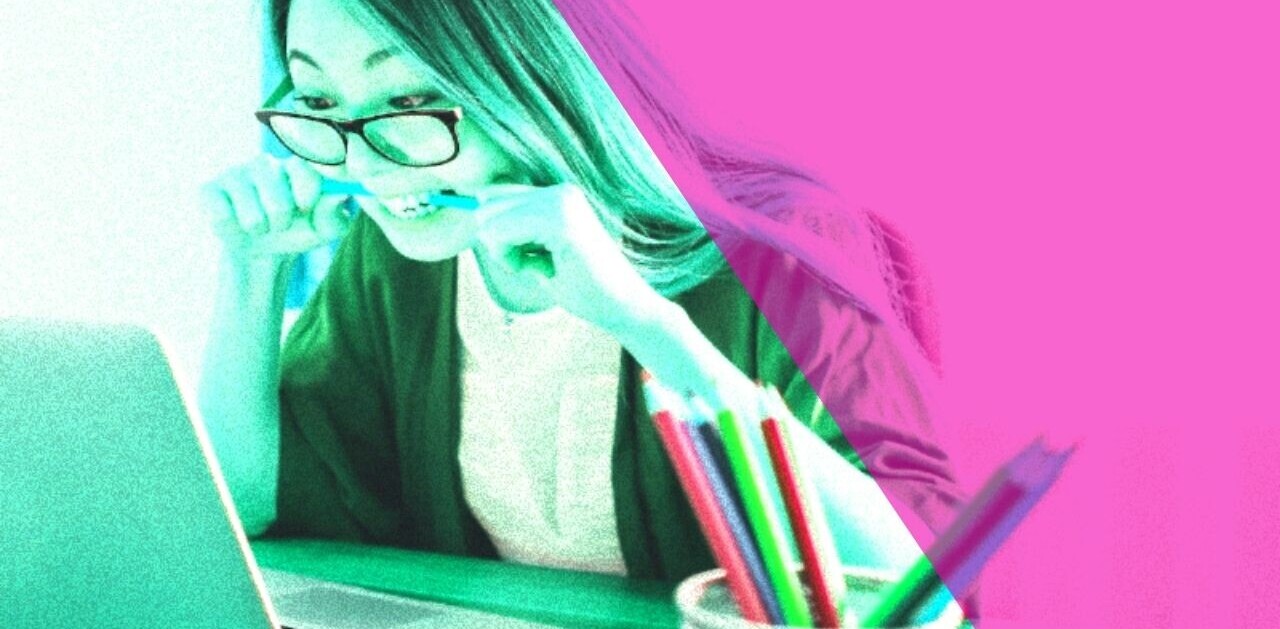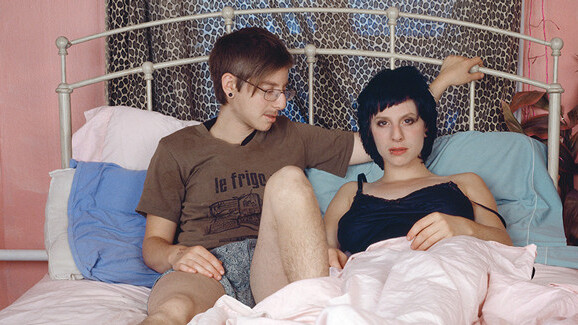
Alina Kulesh is a writer currently living in Toronto. Beautiful and provocative stories are at the core of her career. This post was originally published on the Shutterstock blog and has been reprinted with permission.
Gender role dynamics and performances have undoubtedly shifted throughout the decades — and where there is social change, there is photography. In their recent work, the five photographers below have all explored the various ways gender and sexuality have been redefined, observing a strong focus on males while challenging traditional notions of masculinity. Meanwhile, each of these series strategically employs creative methodologies of visual communication that are just as important as the social commentary in the frames.
JJ Levine, Alone Time
Montreal-based photographer JJ Levine challenges the rigid notions of gender performance in Alone Time, a photographic series featuring subjects who embody both female and male characters in one frame. Enveloped in a vibrant color palette — with a slight dip into a retro aesthetic — the “couples” share intimate interactions in domestic settings, with Levine’s subjects fluidly transitioning from one gender to the other, all through careful crafting of costumes, makeup and body language.
For this series, Levine also chose to have the creation method support Alone Time’s artistic thesis, stating, “Through the technical aspects of my work, I challenge representational tropes: while the individual photographs are shot on slide film, scanned, layered, and digitally collaged to create the final illusion of ‘two people,’ no aspects of the subjects’ genders are digitally altered.”
The strongest photographs feature one or both characters looking back directly at the camera, subsequently making eye contact with the viewer and creating a jolting effect that further supports Alone Time’s unshakable impact.
Jon Uriarte, The Men Under the Influence
Jon Uriarte’s brave and slightly comedic The Men Under the Influence series features heterosexual males dressed in their female partners’ clothing, intimately photographed in the couples’ homes. A breezy, flowery jumper, wildly hairy chest, and gold metallic sandals definitely make a statement, while the discomfort is clearly visible in the men’s faces and rigid body postures. But in every photograph, the subject is determinedly exuding, or attempting to exude, a sense of pride and ownership. Could it be pride in their masculinity, that has been jostled with skin-tight skirts and pantyhose? Or perhaps it’s the pride that’s derived from representing the unity of their partnership?
In his artist statement, Uriarte offers guidance, explaining that the series is meant to capture the shift in masculinity that has come with the development of gender roles in heterosexual relationships. “A sense of loss,” he calls it. Yet, through dress, body posture, and color compositions, there is a strong sense of unity and belonging in these photographs.
Take Jose & Ainara (above, right), in which Jose sits stiffly with his arms unnaturally placed on his knees, wearing a checkered jumpsuit, black vest, striped polo shirt, and multi-colored flats. If his body posture doesn’t convince you of his uncertainty and discomfort, then his deer-caught-in-headlights facial expression will. But upon a closer assessment of the surroundings, the color palette, and the textures within the frame, Jose actually fits right in.
Yijun Liao, Experimental Relationship
Nothing short of poetic, Yijun Liao‘s Experimental Relationship series features her true-to-life beau Moro, a Japanese man who she notes is five years her junior. Liao explores an alternate relationship dynamic from the one instilled by her Chinese heritage and upbringing — one where the woman assumes the dominant and authoritative role.
Instead of “dressing up,” Liao took to dressing down — often stripping Moro of all clothing or keeping his garments simple to articulate his vulnerability. She also uses body language and positioning to convey Moro’s diminished authority, as in Home-Made Sushi (above). Here, Moro is nude, laying passively on strategically folded bed sheets, enveloped by a cloth reminiscent of seaweed. He couldn’t be more powerless, stretched across the frame, acting as a piece of raw fish to be consumed by the female photographer on the other side of the lens.
Lighting also plays a big role in Liao’s documentary-esque aesthetic and in showing the female’s power and male’s vulnerability. This is especially visible in Some words are just between you and me, in which Moro is bathed in a starkly innocent white light, while Liao’s face is prominently shaped by deep shadows. The body composition underlines this power play, Moro desperately leaning on Liao while her grasp around his neck supports him. It’s as if he needs her physical presence to hold him together.
Rion Sabean, Men-Ups!
Rion Sabean’s series Men-Ups! references the historic pop-culture pin-up. Featuring modern men in stereotypically masculine attire, the images show their subjects posing in the seductive manner traditionally associated with classic pin-up girl poses and “occupations.”
In his artist statement, Sabean astutely notes, Men-Ups! is a project aimed at reversing the stereotypes created by society, begging the questions: Why is it sexual for a female to pose one way, and not sexual for a male? Why is it considered more comical or unsettling for males to act the more socially defined feminine?”
Sabean followed through on the pin-up aesthetic by committing to an overall flat, yet vibrantly colorful visual palette. The aging marks on the images also help to create an archaic look and feel, supporting the artist’s commentary on the outdated definition of gender and sexuality in contemporary culture.
Ben Hopper, Natural Beauty
Narrowing in on one of the most stigmatized beauty standards for women — body hair, particularly armpit hair — Ben Hopper’s series Natural Beauty consists of a diverse female roster who have all ditched the razor and gone au natural.
Here, Hopper stripped all the bells and whistles to really focus on the subject at hand. Deciding to present the series in a classic black-and-white style, featuring women with minimal-to-no makeup and simple white tanks, Hopper created images that feel both raw and authentic. All the portraits feature women in poses that showcase their body hair, but what’s striking is that the subjects are also purposefully sexualized — wearing see-through white tops — and making direct eye contact with the camera (as seen above with designer Alessandra Kurr).
By revealing one of the most feminine and arousing body parts in combination with a stereotypically masculine attribute, Hopper jolts the viewer into confronting preconceived beauty ideals.
Which other contemporary artists challenging gender notions are you a fan of? Let us know in the comments!
Top image by JJ Levine from the Alone Time series.
Get the TNW newsletter
Get the most important tech news in your inbox each week.
